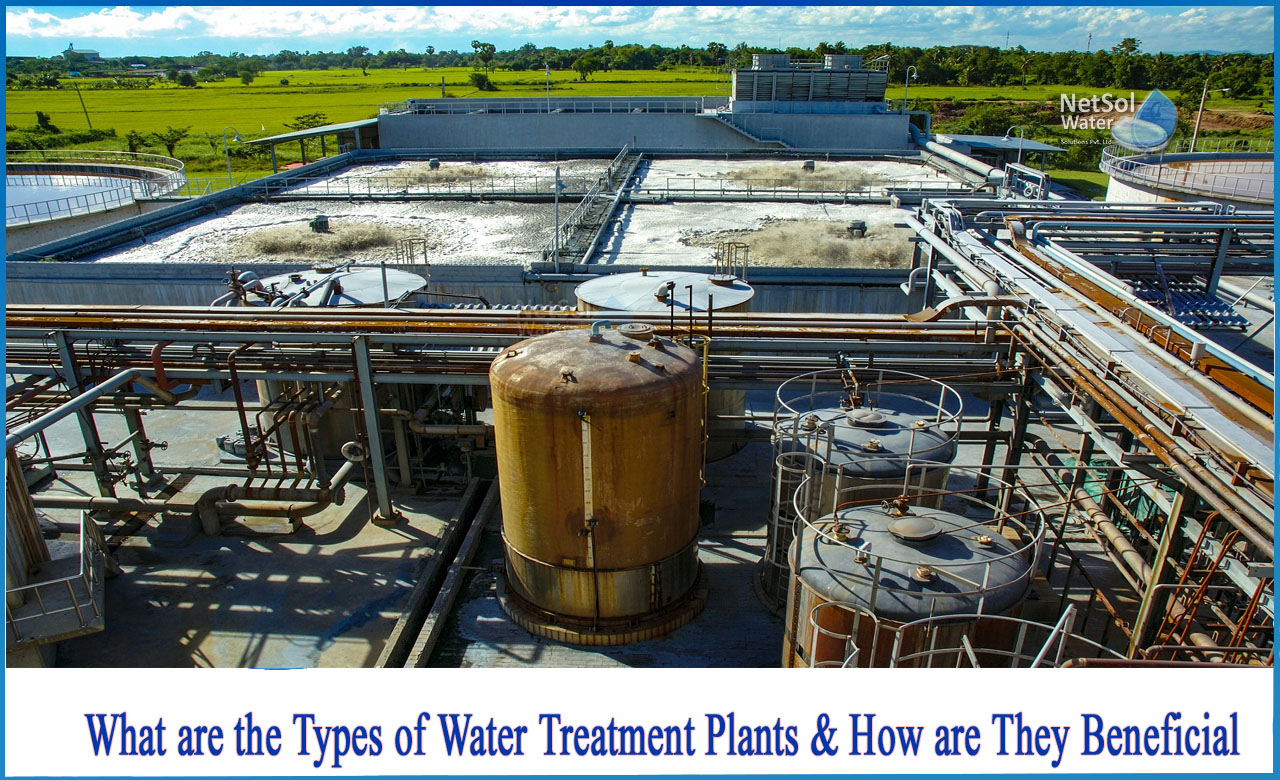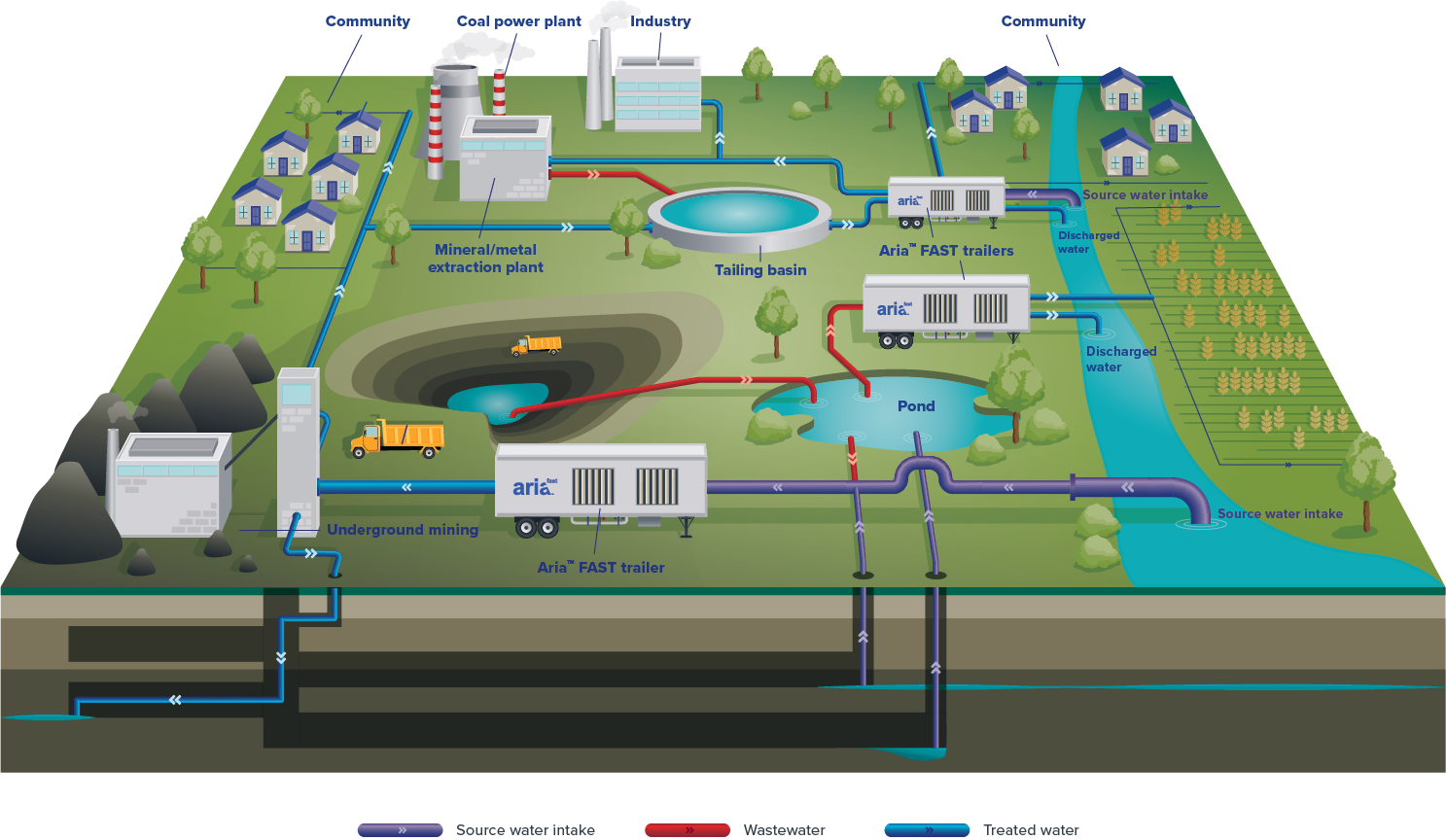Residential Water Purification Systems - An Overview
Table of ContentsGetting My Residential Water Purification Systems To WorkSome Known Facts About Residential Water Purification Systems.The Best Strategy To Use For Residential Water Purification SystemsWhat Does Residential Water Purification Systems Mean?Things about Residential Water Purification SystemsThe Only Guide to Residential Water Purification Systems
A phosphorous substance is contributed to aid manage corrosion of pipes. This helps avoid lead as well as copper that might exist in pipelines from seeping right into the water. As the water leaves the plant, ammonia is included in change the chlorine to chloramine, a disinfectant that maintains a recurring in the distribution system against bacterial contamination.All chemicals that are added are licensed food grade, secure for use in foods. Treated water is kept in deep underground storage tanks as well as also flows by gravity to pumping terminals and also into the distribution system. The circulation system is composed of 1,960 miles of water mains ranging in diameter from 4" to 60".
Elimination of preference and also smell compounds from the water.: Softens the water.: Filtering to eliminate small bits as well as sanitation to eliminate infections as well as microorganisms, and also guarantee an improper setting for infection and germs growth throughout the distribution system (residential water purification systems).
5 Simple Techniques For Residential Water Purification Systems
Eight Phases of the Wastewater Process Phase One Bar Screening Elimination of huge things from the influent to avoid damage to the center's pumps, valves and also various other tools. The process of dealing with as well as reclaiming water from wastewater (any type of water that has been made use of in houses, such as flushing toilets, cleaning recipes, or bathing, and also some water from commercial use and also storm sewers) begins with the expectation that after it is treated it will be tidy adequate to reenter the environment.
According to the EPA, The Tidy Water Act (CWA) establishes the standard framework for regulating discharges of pollutants right into the waters of the United States and managing high quality standards for surface waters. Under the CWA, EPA establishes wastewater requirements for sector. The EPA has also created nationwide water quality standards suggestions for toxins in surface area waters.
Related White Papers Select Products Phase 2 Screening Elimination of grit by moving the influent over/through a grit chamber. Fine grit that finds its method right into the influent demands to be removed to stop the damage of pumps as well as equipment downstream (or effect water circulation). Too small to be evaluated out, this grit requires to be eliminated from the grit chamber.
Rumored Buzz on Residential Water Purification Systems
Phase 4 Aeration Air is pumped into the aeration tank/basin to motivate conversion of NH3 to NO3 as well as give oxygen for germs to proceed to proliferate as well as grow. When converted to NO3, the microorganisms remove/strip oxygen molecules from the nitrate particles as well as the nitrogen (N) is emitted as N2 (nitrogen gas).
This Full Article starts in the oygenation storage tank. The primary feature of the aeration tank is to pump oxygen right into the container to encourage the breakdown of any type of natural material (as well as the growth of the germs), as well as make certain there is sufficient time for the natural product to be damaged down.
This procedure is handled to use the finest conditions for bacterial growth. Liquified oxygen monitoring at this stage of the plant is vital. Ammonia and nitrate dimensions are typical to measure just how efficient the bacteria are in transforming NH3 to N2.
The Ultimate Guide To Residential Water Purification Systems
Stage Five Second Clarifier Treated wastewater is pumped into a second clarifier to enable any kind of remaining natural sediment to clear up out of cured water flow. As the influent leaves the aeration process, it streams right into a secondary clarifier where, like the main clarifier, any extremely little solids (or penalties) sink to the base of the tank.
Part of this turned on sludge is returned to the oygenation container to raise the microbial concentration, help in proliferation, as well as speed up the failure of organic product. The excess is discarded (residential water purification systems). The water that flows from the secondary clarifier has actually significantly reduced organic product and also should be approaching expected effluent specs.
With the boosted concentration of bacteria as component of the oygenation phase, there is a requirement to check the outward bound effluent for microorganisms visibility or lack and also to decontaminate the water. This ensures that more than specified the original source concentrations of bacteria are not launched right into the setting. Chlorination is one of the most usual and also low-cost sort of disinfection however ozone as well as UV disinfection are also enhancing in popularity.
The Only Guide to Residential Water Purification Systems
Water is guided from the Head Tank to the Claricone clarifier. Water gets in the clarifier at the mixing area situated in all-time low of the Claricone. Lime is contributed to the water in this zone where it responds with the calcium and the magnesium in the water to develop speeds up.



After sufficient time, bits adhere to each various other as well as grow into larger bits, or, floc, which is prone to resolve in water. Information of water is accomplished by the seperation of put on hold solids from water by gravity.
The cleared up water moves find up slowly, ultimately passing over the effluent dam to the cone outlet and also on the to filters for additional therapy. The water plant incorporates a single phase lime softening operation to get rid of firmness. Solidity is brought on by the visibility of dissolved bivalent as well as polyvalent metal ions, mainly calcium and magnesium.
The Residential Water Purification Systems PDFs
This is included both in the clearwell as well as the high solution discharge as water goes into the circulation system. 2 mg/l is normally desirable in the plant faucet.